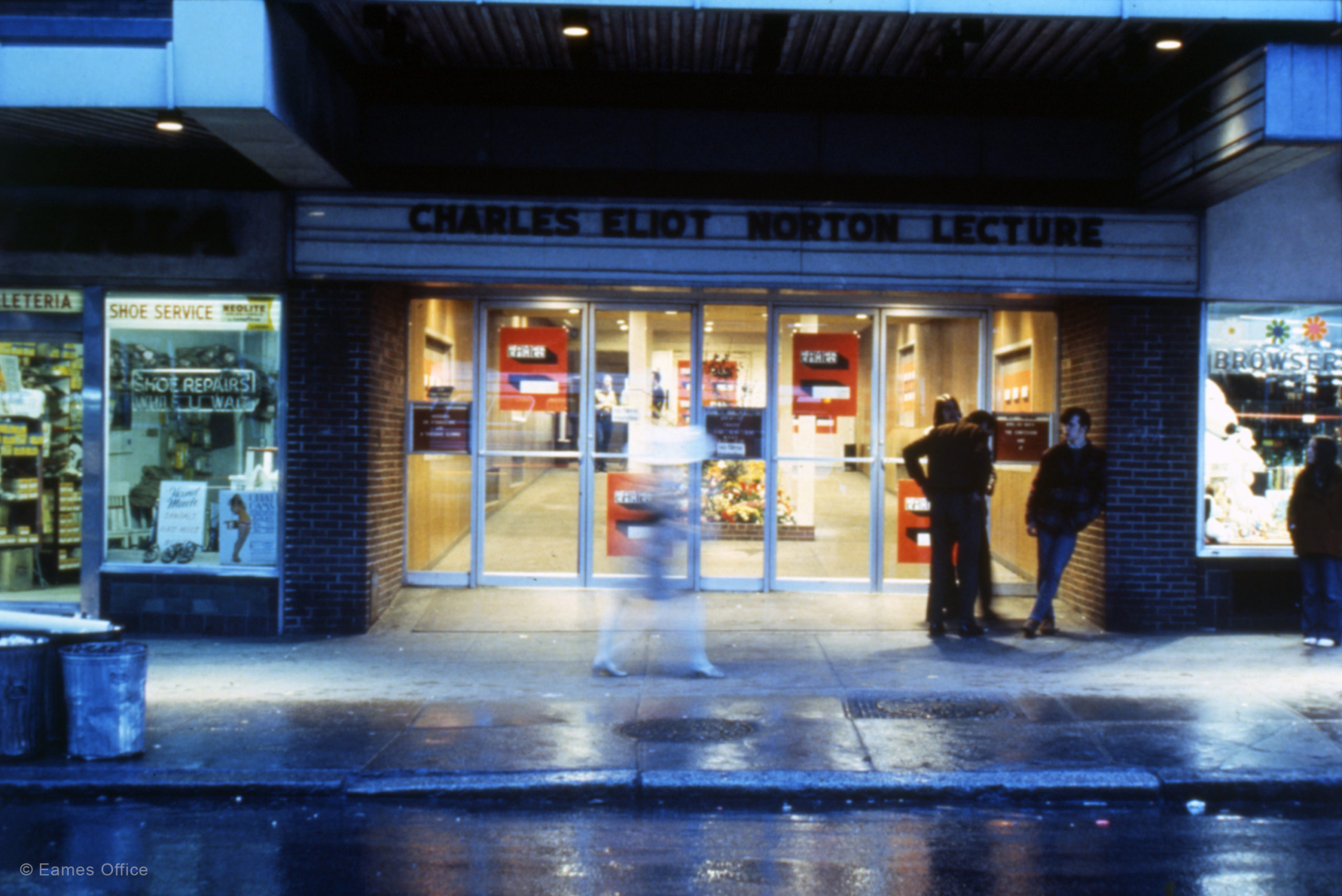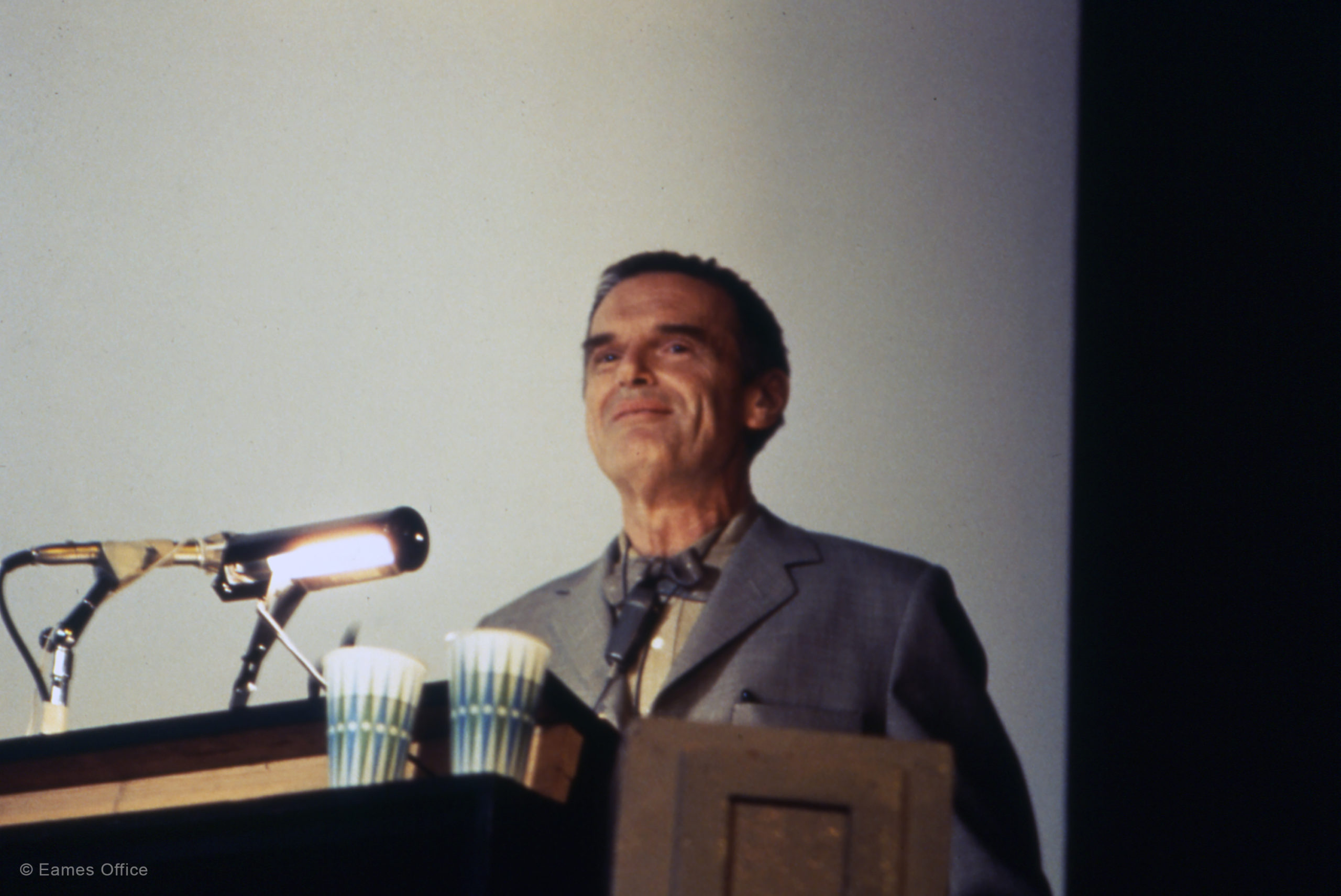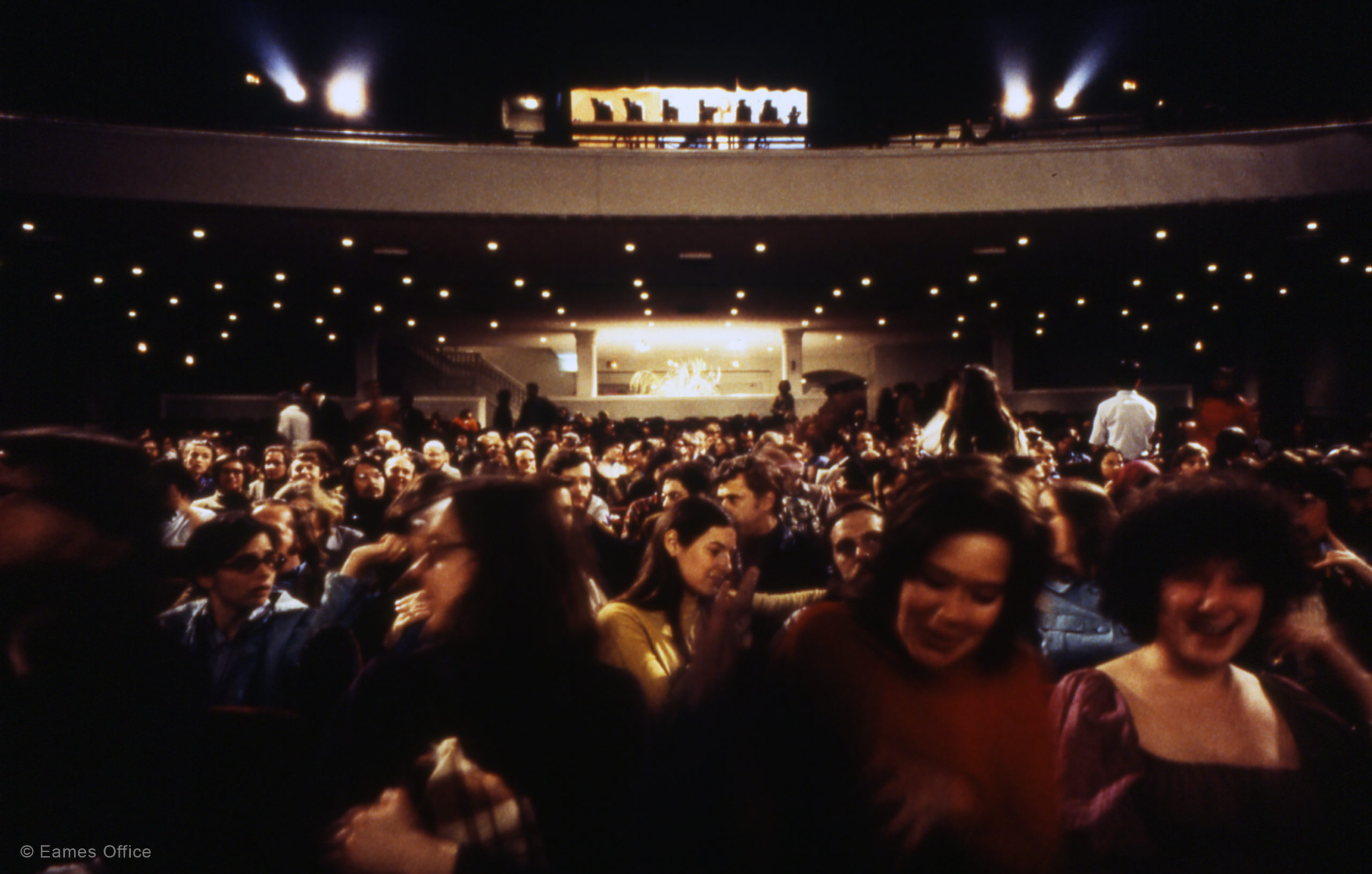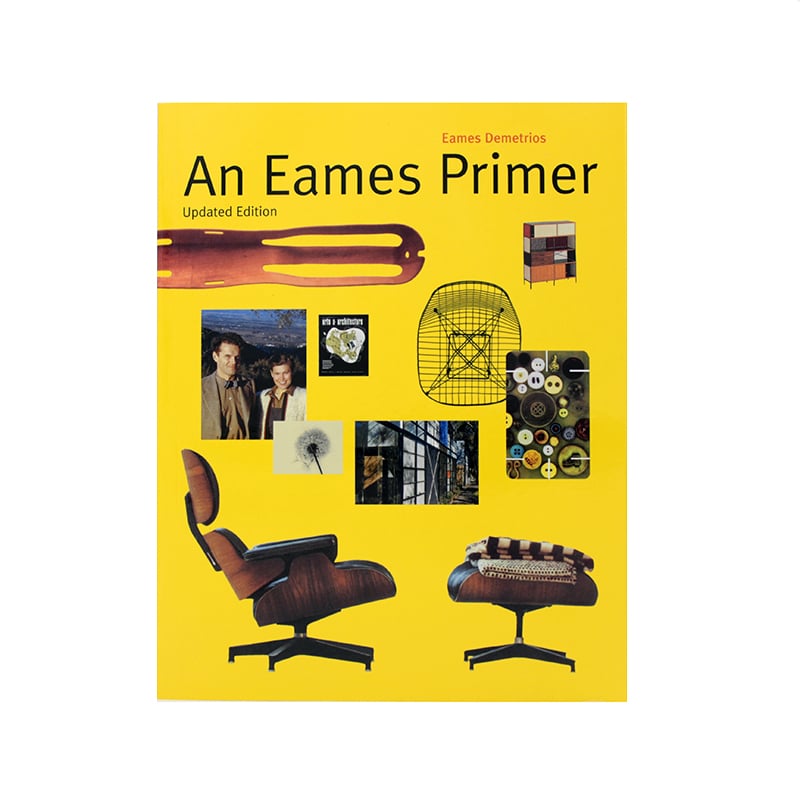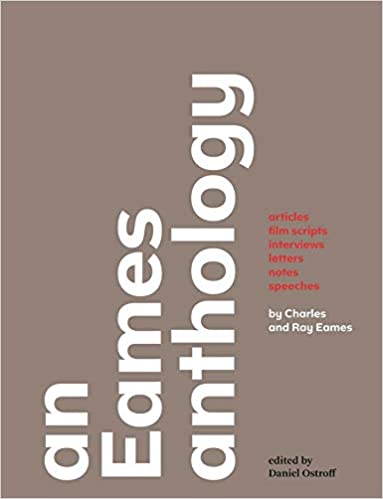Additional Information
On October 10, 1970, Charles delivered the first of his six Norton Lectures. He began by talking about the problems of “making choices” and recognizing that the “business of life in general is the primary source of pleasure and aesthetic rewards,” rewards that should be arrived at internally through the “process” of working out problems in a disciplined way. The “process” and “discipline” points were reinforced visually by the films Powers of Ten, Tops, a rough, unfinished version of Banana Leaf, and by the Circus slide show, which concluded the lecture.
Charles began using the slide show in 1945 in Lecture I as a way of structuring the interplay of visual and verbal information. Although some technological refinements were added over the years as equipment became more sophisticated, the form of the shows remained the same. Charles usually began by prefacing his presentation of an announced topic with some introductory remarks about the occasion at which he was speaking and then alternated the slides with his spoken comments (unless a prerecorded track had been produced). Charles did not always follow his prewritten notes or even the announced title for a lecture. Often, something would come up during the course of an event (a question or remark from the audience or a new approach to a subject would occur to him) that changed the direction of the entire lecture.
The central message of the slideshow Circus is that the circus, which seems to be a freewheeling exercise in self-expression, is instead a tightly knit and masterfully disciplined organic accumulation of people, energies, and details.
Explore Similar Works
Related Products
Browse a curated selection of Eames Office products we think you’ll love

